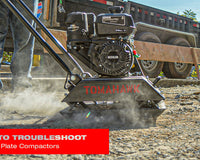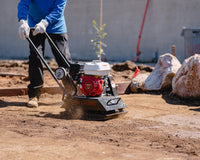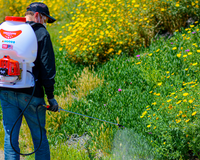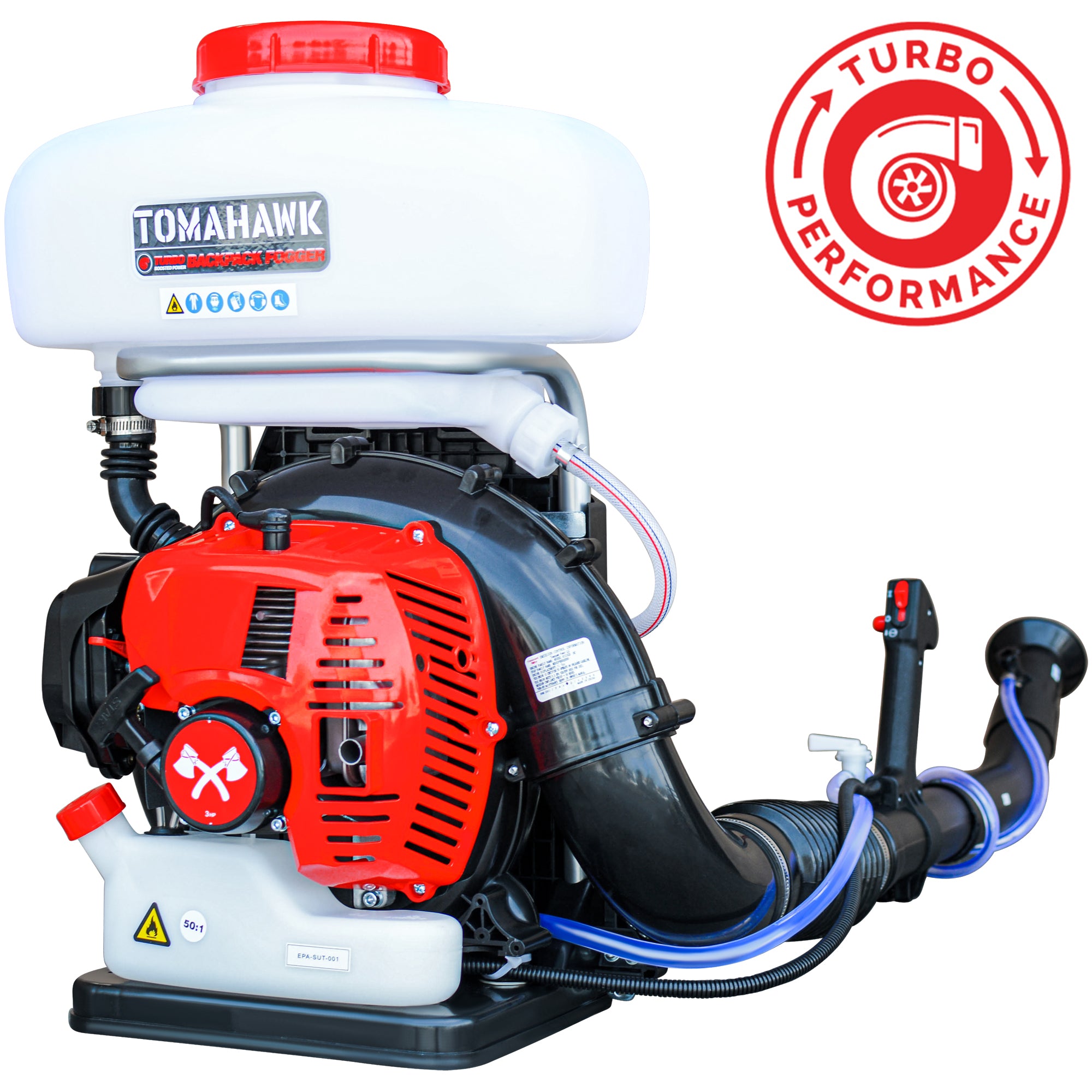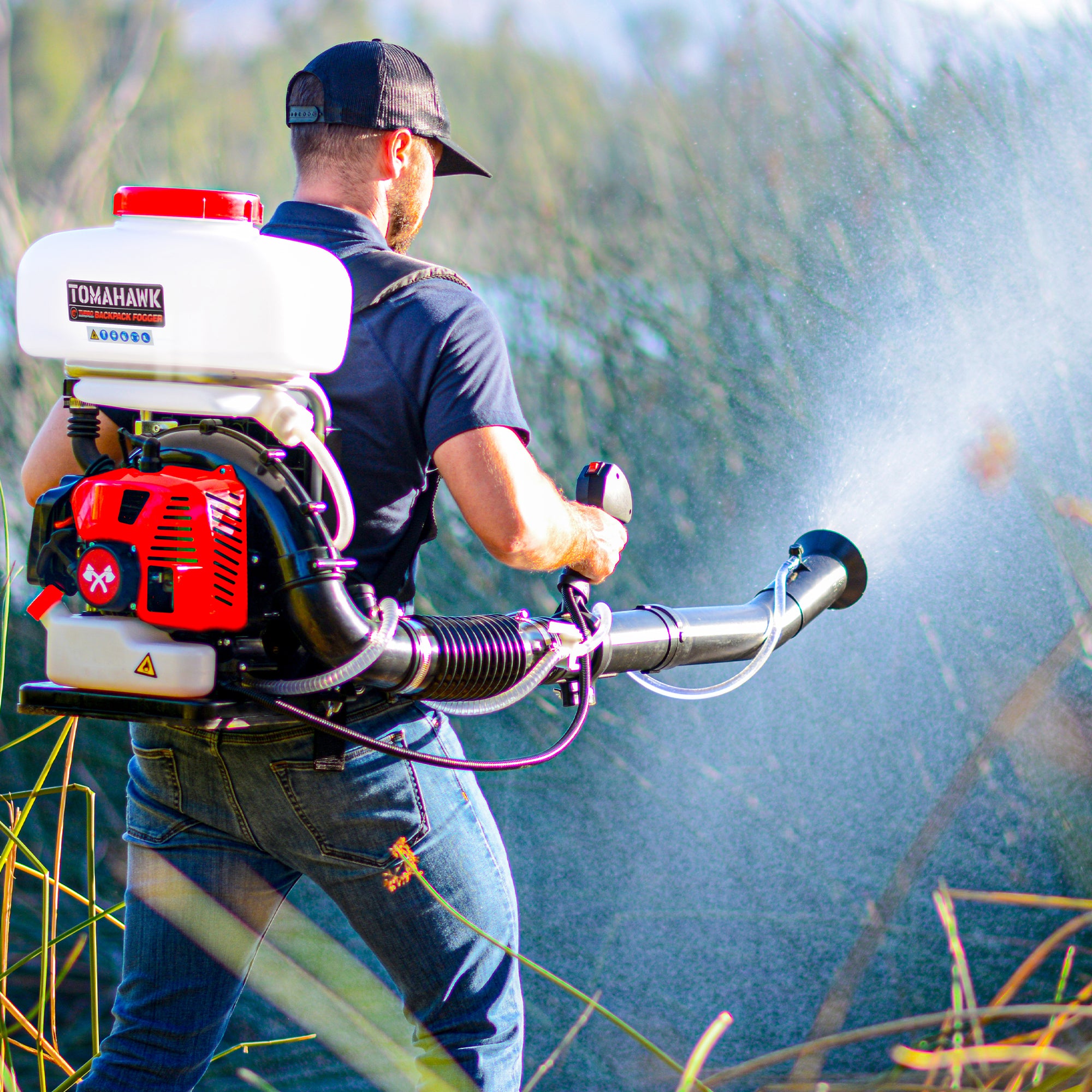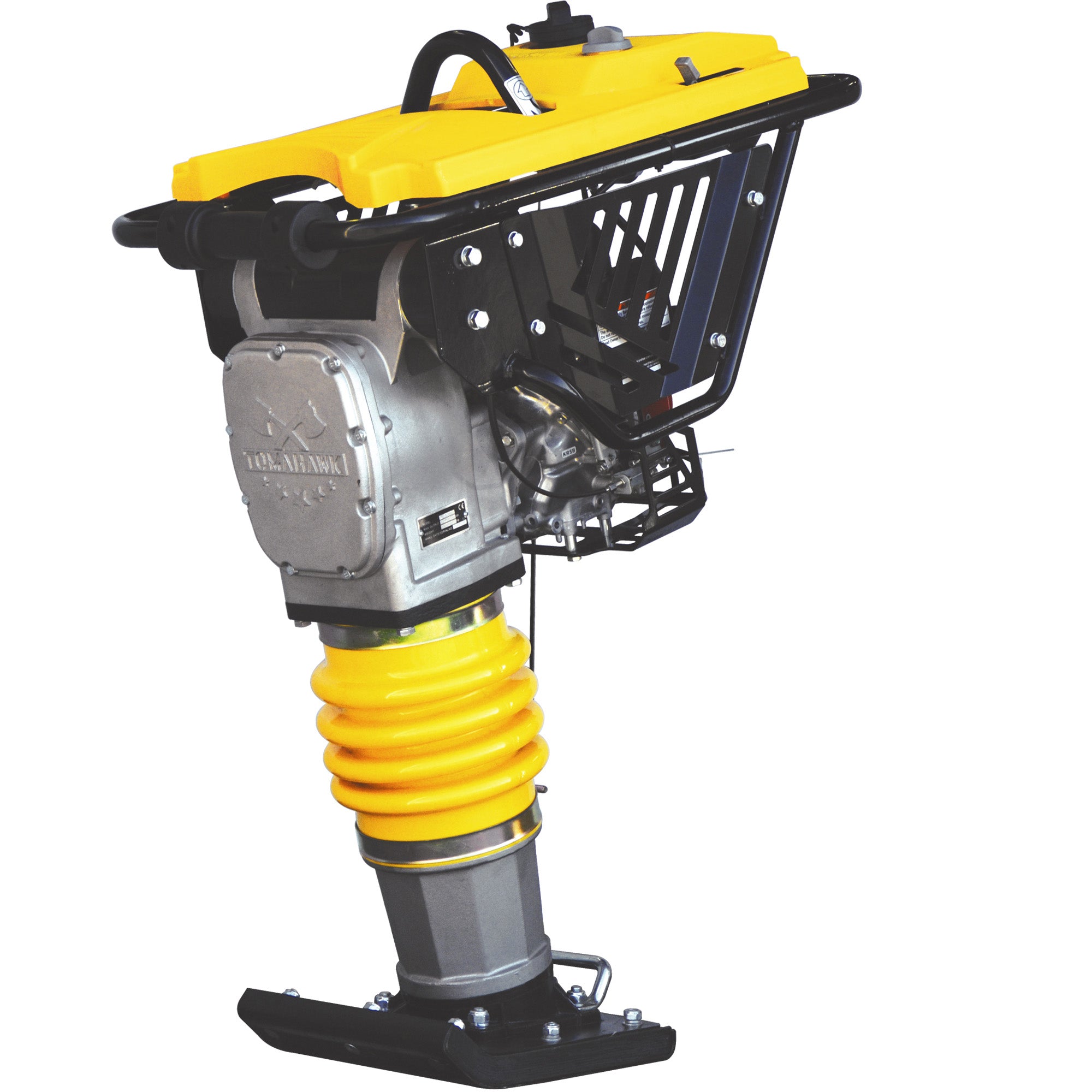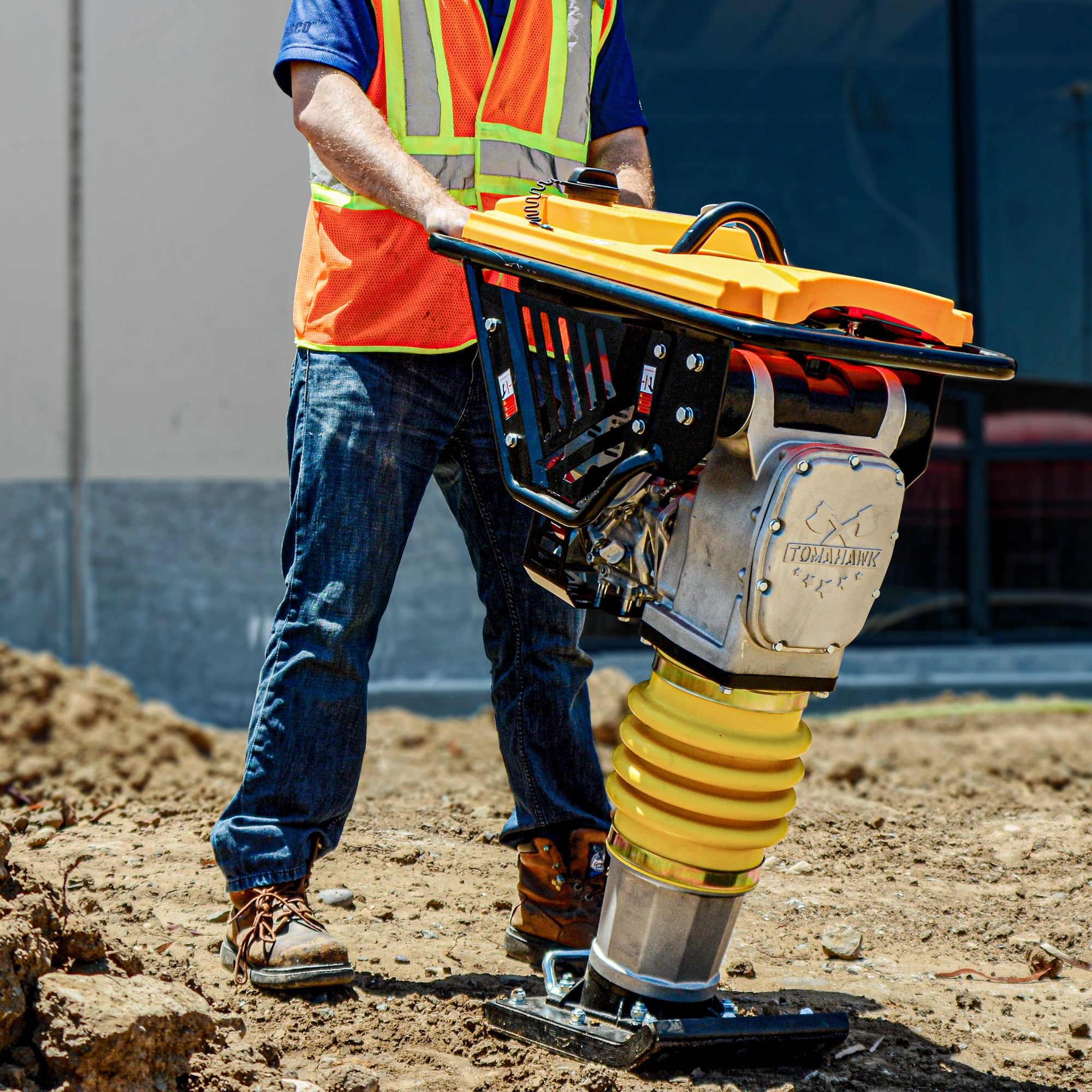Articles
Maintenance Tips to Extend the Life of Your Gravel Driveway
A gravel driveway is an attractive and cost-effective option for many homeowners, but its durability depends heavily on proper upkeep. Without regular maintenance, gravel can shift, erode, or compact unevenly, resulting in ruts, potholes, and drainage problems. Fortunately, a few routine practices can go a long way in preserving both the appearance and function of your driveway.
Eco-Friendly Gravel Options for Sustainable Driveways
Sustainability is becoming a central consideration for homeowners seeking durable, cost-effective, and environmentally responsible driveway solutions. As the construction industry embraces greener alternatives, eco-friendly driveway gravel options have emerged as a practical way to reduce environmental impact without compromising performance. Whether you're building a new driveway or replacing an old one, the right choice of gravel can make a meaningful difference.
How Climate Influences Your Choice of Driveway Gravel
When choosing the right gravel for a driveway, most homeowners consider aesthetics and cost. However, one of the most critical yet overlooked factors is climate. The type of gravel that performs well in a dry, arid environment may not hold up in regions with freeze-thaw cycles or heavy rainfall. Selecting climate-appropriate gravel ensures not only a longer-lasting surface but also safer and easier maintenance throughout the seasons.
Comparing Crushed Stone and Pea Gravel for Driveways
Choosing the right gravel for your driveway is more than just a matter of preference—it’s a functional decision that impacts longevity, appearance, and overall maintenance. Among the most popular materials are crushed stone and pea gravel. While both offer practical advantages, each has its own set of characteristics that may make it more suitable depending on the site conditions, usage level, and visual goals of the property.
Understanding the Different Layers of a Gravel Driveway
Building a reliable and long-lasting gravel driveway requires more than just spreading loose stone. A properly constructed gravel driveway consists of several distinct layers, each with a specific purpose and material composition. By understanding the function of each layer and selecting the appropriate gravel types, homeowners and contractors can achieve a surface that performs well year-round while requiring minimal maintenance.
Maintenance Tips to Extend the Life of Your Gravel Driveway
A gravel driveway is a practical, cost-effective solution for both rural and suburban properties, offering aesthetic appeal and excellent drainage. However, without proper upkeep, even the most well-laid gravel surface can suffer from ruts, erosion, and loss of material. Fortunately, routine maintenance can dramatically extend the life of your driveway, saving you money and time in the long run.
Comparing Driveway Materials: Gravel vs. Asphalt vs. Concrete
Choosing the right material for your driveway is a critical decision that affects not only aesthetics but also long-term maintenance, cost, and function. While each option—gravel, asphalt, and concrete—has its own advantages, the ideal surface depends on your specific needs, climate, budget, and available tools. Below, we compare these three popular materials to help you make an informed choice.
DIY Guide: Installing a Gravel Driveway Step-by-Step
Gravel driveways offer a cost-effective, durable, and aesthetically pleasing solution for residential and rural properties. With the right materials and process, homeowners can tackle this project themselves, provided they understand the importance of base preparation and layer compaction. A successful gravel driveway isn't just about spreading rock—it's about following a methodical approach that ensures stability, proper drainage, and long-term performance.
How to Properly Compact Your Driveway Base for Longevity
A strong driveway begins beneath the surface. Before any stone or gravel is spread, the integrity of your driveway depends on how well the base has been prepared and compacted. Without this essential foundation work, even the best surface material will shift, settle, or erode over time. Whether you're a homeowner tackling a DIY project or a contractor managing multiple installations, understanding proper compaction techniques is critical to achieving a long-lasting result.
Top Gravel Types for Driveways: Pros, Cons, and Best Uses
Choosing the right gravel for a driveway is more than a matter of cost or appearance. It’s about performance, longevity, and compatibility with your soil and traffic load. Whether you're designing a rustic country path or a sturdy suburban entryway, understanding the characteristics of each stone type will help you build a durable and well-drained surface. This guide breaks down popular gravel materials and offers insight into when and how each should be used.
Enhancing Driveway Safety: Reflectors vs. Lighting Solutions
Driveway safety is an important consideration for homeowners, especially in low-light environments or during inclement weather. While outdoor lighting has long been a popular solution, driveway reflectors are gaining traction as a reliable, cost-effective alternative. Understanding the differences between these two options helps determine the best visibility strategy for your property’s layout, traffic volume, and budget.
Seasonal Maintenance Tips for Driveway Reflectors
Driveway reflectors serve as essential safety tools that help mark drive edges, guide vehicles, and improve visibility in low-light or harsh weather conditions. However, their effectiveness depends heavily on regular maintenance—especially as seasons change and environmental stressors shift. Whether you're using fiberglass markers, solar-powered reflectors, or adhesive road studs, proper care throughout the year ensures both safety and longevity.
Enhancing Driveway Safety: Reflectors vs. Lighting Solutions
Driveway safety is an important consideration for homeowners, especially in low-light environments or during inclement weather. While outdoor lighting has long been a popular solution, driveway reflectors are gaining traction as a reliable, cost-effective alternative. Understanding the differences between these two options helps determine the best visibility strategy for your property’s layout, traffic volume, and budget.
Step-by-Step Guide: Installing Driveway Reflectors in Different Soil Conditions
Installing driveway reflectors enhances visibility, safety, and aesthetics, especially in low-light conditions or during snow-heavy seasons. However, the success of these markers depends largely on how well they are installed—and the soil they’re installed into. From loose loam to compacted clay and even frozen ground, each substrate presents unique challenges that require different techniques and tools. This guide explores the step-by-step process for installing driveway reflectors based on soil conditions, helping ensure a durable and professional finish.
Best Types of Driveway Reflectors for Year-Round Visibility
Driveway reflectors play a critical role in ensuring both safety and visibility throughout the year, especially in low-light conditions and adverse weather. Whether installed on long rural driveways, steep inclines, or near landscaping, choosing the right type of reflector makes a noticeable difference in durability and performance. This post explores various driveway reflector types—including solar markers, fiberglass stakes, and reflective caps—and highlights how to select the best options for lasting effectiveness regardless of the season.
Enhancing Driveway Safety and Aesthetics with Reflective Markers
Driveway reflectors have long been associated with utility and nighttime safety, but their role in enhancing a home’s aesthetic appeal is often overlooked. Whether you're guiding vehicles along a winding entrance, protecting landscaping from wheel damage, or simply elevating curb appeal, strategically placed reflective markers serve both functional and decorative purposes. With modern designs and installation methods, today’s reflectors offer property owners an easy way to achieve a polished and safer exterior.
DIY Guide: Installing Driveway Reflectors Without Professional Help
Driveway reflectors serve a crucial role in improving nighttime visibility, guiding vehicles safely along property lines, and reducing the risk of damage to landscaping or adjacent structures. The good news? You don’t need to hire a contractor to install them. With basic tools and some preparation, installing reflectors can be a weekend DIY project that enhances both the safety and appearance of your driveway. Whether you're dealing with gravel, concrete, or compacted soil, this guide will walk you through the process.
Choosing the Right Driveway Reflectors for Different Conditions
Driveway reflectors are a small but critical component of property safety, helping define boundaries, improve night visibility, and reduce accidents. Whether you’re preparing for icy winters, long rural driveways, or dark suburban curves, selecting the right type of reflector can make all the difference. The ideal choice depends not only on the visual effect but also on local weather patterns, road conditions, and the type of driveway material. This guide compares the most common types of driveway reflectors and how to match them to your unique needs.
Optimal Placement of Driveway Reflectors for Maximum Visibility
Installing driveway reflectors is a simple yet impactful way to enhance safety, especially in low-light conditions or during inclement weather. However, achieving maximum effectiveness requires more than just placing markers at random intervals. Reflectors must be spaced, aligned, and installed with intention to guide vehicles safely and prevent damage to driveways, lawns, or surrounding structures. This post offers a practical breakdown on optimal placement techniques, while also touching on preparation tools that improve installation quality.
Installing Driveway Reflectors in Hard or Frozen Ground
Driveway reflectors offer a simple yet highly effective way to increase nighttime visibility and protect your property during winter months. However, installing these markers becomes significantly more challenging when the ground is frozen, compacted, or filled with gravel. Whether you’re dealing with clay soil during a cold snap or packed surfaces that resist manual tools, the key to a durable, safe installation lies in choosing the right technique and equipment. This guide walks through practical strategies and smart tool use to help homeowners and contractors install driveway reflectors securely, even in the toughest soil conditions.
Why Submersible Pumps Are Used and What Makes Them Ideal for Deep Wells
Submersible pumps are electric water pumps designed to operate while fully submerged in liquid. Unlike above-ground pumps that pull water upward, submersible pumps push water to the surface using internal impellers and a sealed motor. Because they operate underwater, they are more efficient in certain applications—particularly those involving high volumes or deep sources of water.
Can Submersible Pumps Run Continuously? What You Need to Know About Duty Cycle
A submersible pump’s duty cycle refers to how long it can operate within a given period without overheating or degrading in performance. For example, a 50% duty cycle means the pump can run for 30 minutes and then must rest for 30 minutes. On the other hand, a continuous duty rating means the pump is designed to operate non-stop under specified conditions without requiring downtime.
How to Remove Water from Your Basement Quickly and Effectively
Basement flooding has become an increasingly common issue due to severe weather patterns, aging infrastructure, and poorly managed drainage systems. Homeowners often find themselves unprepared when groundwater surges or storms strike unexpectedly. According to the Federal Emergency Management Agency (FEMA), "just one inch of water can cause $25,000 in damage to your home." This makes prompt and efficient water removal not just important—it’s essential.
Cost Comparison: Gravel vs. Asphalt and Concrete Driveways
When choosing a driveway material, homeowners often weigh aesthetics, functionality, and durability—but cost remains a critical factor. While asphalt and concrete are popular choices for their sleek appearance and low upkeep, gravel driveways continue to stand out for their affordability and ease of installation. However, the total cost of a driveway is more than just the upfront price of materials. Long-term maintenance, repair, and equipment considerations can tip the scales in favor of one solution over another. This post provides a practical breakdown of costs and value across gravel, asphalt, and concrete driveways, with a focus on maximizing efficiency through proper compaction and surface preparation.
Eco-Friendly Alternatives: Grass and Permeable Driveways
Sustainability is becoming a leading priority in residential landscaping, and driveways are no exception. Traditional gravel and asphalt surfaces contribute to runoff, heat retention, and erosion. Fortunately, a growing number of eco-conscious property owners are turning to alternatives like grass pavers and permeable gravel systems. These options provide effective load-bearing surfaces while promoting better stormwater management, soil health, and temperature control. This article explores the leading environmentally friendly driveway solutions and how the right equipment can support a successful installation.
Maintaining Your Gravel Driveway Year-Round
Gravel driveways are known for their affordability, drainage performance, and rustic charm. However, they do require ongoing maintenance to preserve appearance and function. Seasonal wear, weather changes, and everyday traffic can gradually deteriorate the surface, resulting in ruts, weed overgrowth, and uneven patches. By following a structured year-round maintenance routine, you can extend the life of your gravel driveway while reducing the need for major overhauls. From routine grading to seasonal compaction, this guide covers essential upkeep strategies and the equipment that can make the job easier.
Step-by-Step Guide to Installing a Gravel Driveway
A well-constructed gravel driveway can offer years of low-maintenance performance if installed correctly. It’s a practical and cost-effective solution for rural properties, vacation homes, or as a temporary access road. However, even the best gravel won’t hold up if it's laid over poorly prepared ground or without proper compaction. This comprehensive guide walks through each stage of gravel driveway installation, with a focus on the tools and techniques that ensure structural integrity and long-term stability.
Top Gravel Types for Driveways: Pros and Cons
Choosing the right gravel for a driveway is about more than just appearance. Driveway gravel must withstand weather, support vehicle traffic, and maintain its shape over time. While homeowners often focus on aesthetics, factors like compaction ability, drainage, and climate suitability are equally important. Whether you're starting a new build or resurfacing an existing drive, understanding your gravel options—and how to prepare the sub-base properly—will result in a more functional, long-lasting surface.
Seasonal Considerations: Installing and Maintaining Reflectors Year-Round
Driveway reflectors play a critical role in improving visibility and guiding vehicles in low-light conditions, especially in rural, curved, or long driveways. But the effectiveness of these reflectors heavily depends on how they’re installed and maintained across changing seasons. From the challenges of frozen soil to the threat of snowplows and summer sun exposure, seasonal factors can wear down reflectors prematurely if not addressed properly. This article outlines key best practices for installing and caring for driveway reflectors all year long—and how to prepare your site with the help of reliable tools.
Enhancing Driveway Safety: Combining Reflectors with Other Measures
Driveway safety is about more than just aesthetics—it’s a matter of visibility, prevention, and proactive maintenance. While driveway reflectors are an excellent way to improve nighttime and low-visibility guidance, they work best as part of a comprehensive safety system. This article explores how integrating lighting, surface upkeep, and signage with driveway reflectors helps homeowners and property managers build safer, more accessible driveways.

